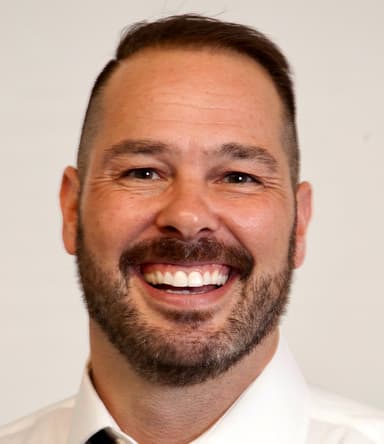
As real estate professionals, you’re well aware that steering clients to a particular neighborhood or home based on their race, ethnicity, or other protected class is flat-out illegal under fair housing laws. You’ve been reminded in ethics training and continuing education classes of your obligation to treat all clients and consumers equally. But it’s possible your unconscious mind could still be putting you at risk.
Hidden biases are preferences for or against a person, thing, or group held at an unconscious level. These are different from an overt, or explicit, bias, which translates to an attitude or prejudice that someone has at a conscious level and is obvious and blatant. Research on hidden bias shows that regardless of our best intentions, most people hold deep-seated resistance to the differences of others, whether that difference is obvious like race, gender, or physical characteristics, or more subtle like personality type or sexual orientation.
These hidden biases aren’t purposely created; they’re products of our brain’s self-generated definition of normal and acceptable, and they are shaped by many things: past experiences, our local environment, influence of social community, impressions from media. In fact, conscious and unconscious biases are often at odds: Our hidden biases may exist in spite of our sincere desire to be bias-free and in contradiction of the attitudes we believe we have.
Why do we have them? Blame it on our cave-dwelling ancestors. Back in the day, a cave dweller had to quickly decide if the big, furry, sharp-toothed animal at the entrance was friend or foe; those quick safety assessments were processed in their cave brains. Science has shown that our brain takes in 11 million bits of information every second, but we can consciously process only about 40 bits of data at any time. How do we manage with that 99.999636% gap? In short, through our unconscious bias. Our brains create these cognitive shortcuts to help us survive and manage all this input.
But in 2020 we aren’t cave folk, and that wiring sometimes undermines what we want to think. In your work, cave wiring can impulsively take over whom you show a house to or what you say to buyers about neighborhoods that they’d “fit in” best. It can get you in professional hot water. Although it can be difficult to achieve, your conscious brain needs to drive your thoughts and actions.
Here are three steps to help manage unconscious biases that can undermine your relationships:
1. Accept that we have unconscious bias. If you’re breathing, you have biases; the trick is finding out which ones you have so you can move them to that 40 bits of consciousness. Yes, we can “de-bias” ourselves, but it starts with awareness. (Pro tip: Check out Project Implicit, a project that can help you discover your hidden biases.)
2. Help educate those around you, in a respectful way, that they too have hidden biases. Share Project Implicit with others. Help people understand that their hidden biases could be affecting their personal and professional lives.
3. Look at your business practices. What business processes do you personally engage in that could potentially be fueled by your hidden biases? What can you change? For example, can you standardize your questions to potential clients so you’re unbiased? It may also help to have a trusted colleague observe your actions and be a sounding board to give you a different perspective outside of your biased self.
We’re all a little bit of something-is due to our unconscious biases. And that’s OK; that means we’re human. The challenge is to have the courage to acknowledge and act on it—to de-bias ourselves to be not just more inclusive and fair, but also more successful.









